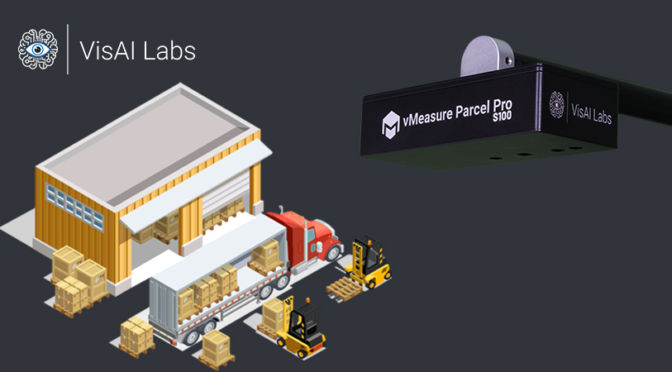What do you think you’ll take away from this episode?
Relevant links:
Podcast Transcript:
Today, we discuss the top five logistics components we need to consider to improve your market value.
Number 1: Planning
This incorporates storage, warehousing, and material handling. Logistics planning is essential for robust supply chain connectivity since it interfaces and synchronizes the whole supply chain as a continuous activity.
Number 2: Packaging and utilization
Packaging protects the product during transport from the manufacturer to the retailer and while it sits on shop shelves.
Utilization is a method of combining several separate items into a single large delivery unit for easier handling. It is also crucial since it facilitates stockpiling and transit.
AI-led logistics solutions help in Placing the right objects in the right packaging, thereby decreasing shipping costs and building a more sustainable supply chain.
Number 3: Better inventory control
The process of ensuring that a business maintains optimum stock levels to meet client requests quickly while keeping storage expenses to a minimum.
Also, It comprises a key strategy that focuses on existing goods and information on stock conditions and warehouse availability.
Number 4: Transportation
Transportation is required throughout the whole production process, from manufacturing to delivery of final goods to consumers, including returns.
A solid Transportation Management System (TMS) is essential for appropriate transportation since it can automatically tender loads, track shipments, increase efficiency and performance, and help with inventory control.
Number 5: Information Control
It is also vital in evaluating the potential demand for products by assessing market circumstances, which helps determine the number of items that need to be held in warehouses.
Also, It increases the efficiency of supply chain activities, making it one of the most important aspects of logistics management.
This is Alphonse, Product Manager at VisAI Labs, And that’s the logistics insight for today








